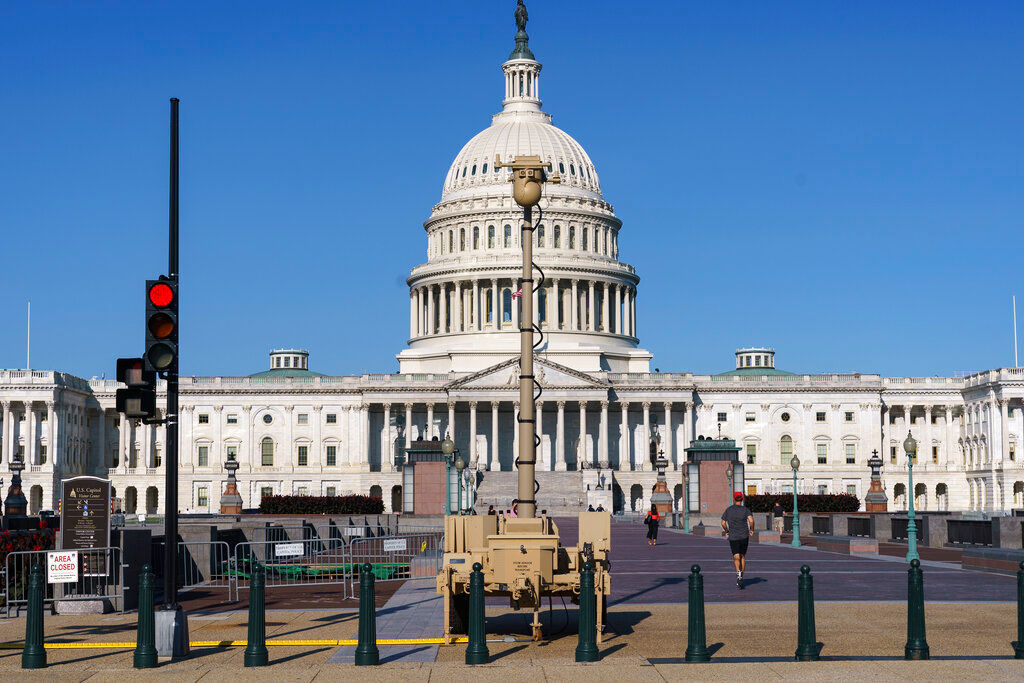The United States has experienced its fair share of government shutdowns since 1976, when the country’s Congress placed the Congressional Budget and Impoundment Control Act in the legislative framework. The total tally of shutdowns stands at 21 as of September 29, with one more looming as lawmakers fail to reach a consensus on the debt ceiling.
The first federal government shutdown was seen in 1976, when Gerald Ford, a member of the Republican party, was the President of the country. The numerous shutdowns in the United States have all varied from each other, some on the basis of impact while others on duration and reason.
Here is a brief history of all the shutdowns since the Congressional Budget and Impoundment Control Act was passed.
– 1976 (Gerald Ford): September 30 to October 11 – 10 days
-1977 (Jimmy Carter): September 30 to October 13 – 12 days
-1977 (Jimmy Carter): October 31 to November 9 – 8 days
-1977 (Jimmy Carter): November 30 to December 9 – 8 days
-1978 (Jimmy Carter): September 30 to October 18- 18 days
-1979 (Jimmy Carter): September 30 to October 12 – 11 days
-1981 (Ronald Reagan): November 20 to November 23 – 2 days
-1982 (Ronald Reagan): September 30 to October 2 – 1 day
-1982 (Ronald Reagan): December 17 to December 21 – 3 days
-1983 (Ronald Reagan): November 10 to November 14 – 3 days
-1984 (Ronald Reagan): September 30 to October 3 – 2 days
-1984 (Ronald Reagan): October 3 to October 5 – 1 day
-1986 (Ronald Reagan): October 16 to October 18 – 1 day
-1987 (Ronald Reagan): December 18 to December 20 – 1 day
-1990 (George H.W. Bush): October 5 to 9 – 3 days
-1995 (Bill Clinton): Nov. 14 to 19 – 5 days
-1995-1996 (Bill Clinton): December 16, 1995, to January 6, 1996, – 21 days
-2013 (Barack Obama): October 1 to October. 17 – 16 days
-2018 (Donald Trump): February 9 – 1 day
-2018 (Donald Trump): January 20 to January 23 – 3 days
-2018-2019 (Donald Trump): December 22, 2018 to January 25, 2019 – 34 days
Who will be impacted by the possible upcoming shutdown?
With no funds flowing from the federal budget, more than half of the 2.1 million federal employees would likely be temporarily out of work, according to the Bipartisan Policy Center.
However, the due paychecks would be dispatched to the federal employees once the lawmakers reach an agreement on the United States budget.







